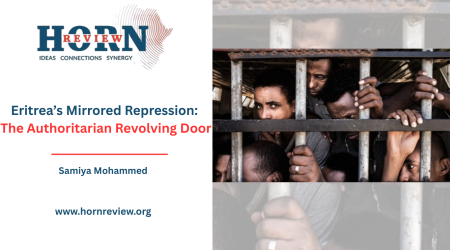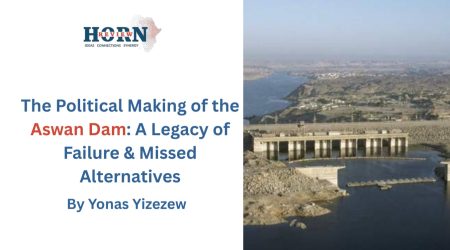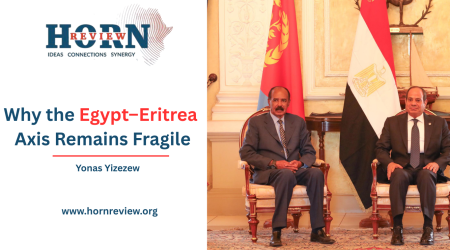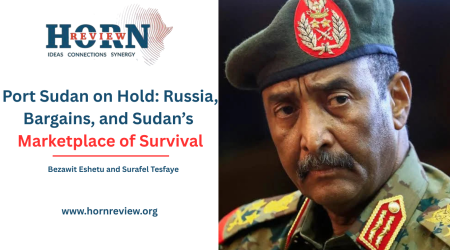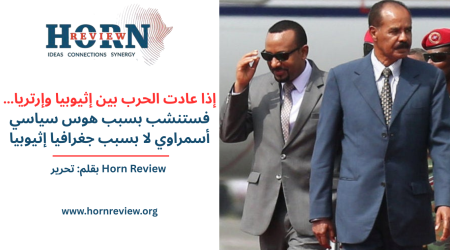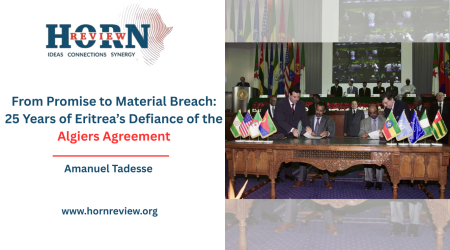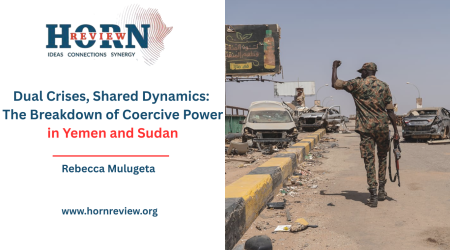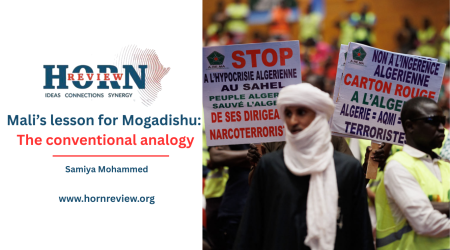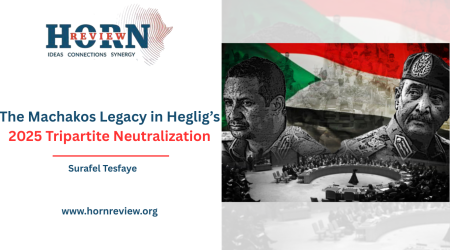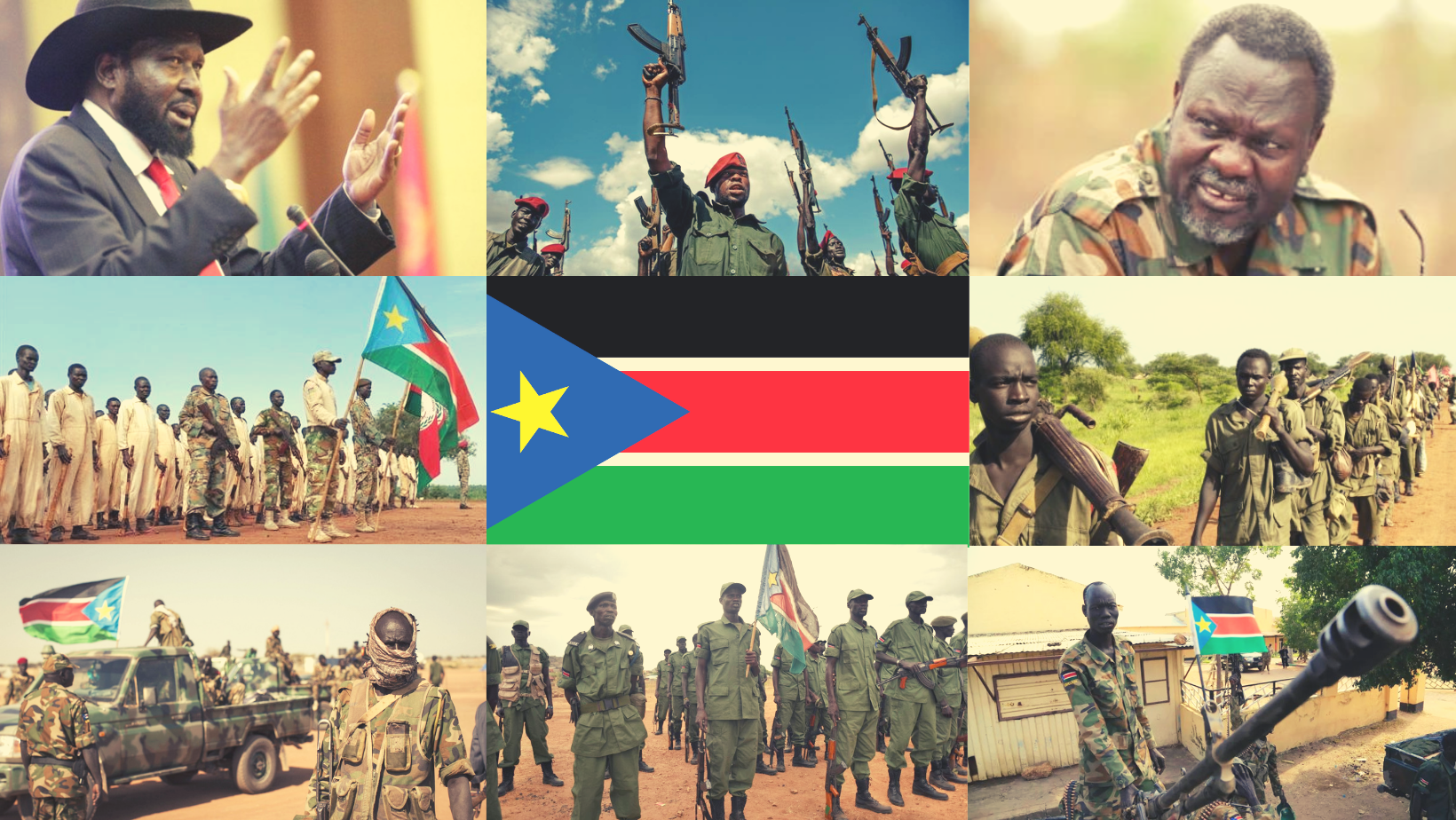
30
Jul
South Sudan’s Endless Strife: A Crisis of Power, Ethnicity and Broken Promises
Since declaring independence in 2011, South Sudan has teetered on the edge of collapse, battered by civil war, internal displacement and a political class deeply entrenched in cycles of violence and patronage. Despite international fanfare during its secession from Sudan, South Sudan has become a textbook case of post-liberation state failure. Why has it been so difficult for South Sudan to achieve peace? Why do fighting forces persist and political instability remain the norm? The answers lie in a toxic combination of ethnic polarization, the militarization of politics, elite competition over resources and the failure of peace agreements to address root causes.
The Historical Roots of Crisis
To understand the current political dynamics, one must revisit the legacy of the Sudan People’s Liberation Movement/Army (SPLM/A), which transitioned from a liberation movement into the dominant political force in the new state. From the outset, SPLM/A was not a unified political or military organization. It was a coalition of factions bound together by a common enemy: Khartoum. When independence was achieved in 2011, this glue dissolved, exposing long-standing rivalries and mistrust between key actors.
The 2013 civil war, triggered by a political dispute between President Salva Kiir (a Dinka) and Vice President Riek Machar (a Nuer), revealed the depth of ethnic tensions that had been simmering within the SPLM/A. What began as a power struggle quickly escalated into ethnic killings, mass displacement, and the fragmentation of the armed forces. According to the International Crisis Group (2020); over 400,000 people have died since the outbreak of the war, with millions displaced internally and externally.
Ethnicization of Power and Armed Struggle
Ethnicity is not the root cause of the conflict, but it has become the principal lens through which political contestation is expressed. Leaders from various ethnic groups mobilize support along communal lines, transforming political disagreements into zero-sum ethnic confrontations. The Dinka-Nuer rivalry is the most prominent, but smaller groups such as the Shilluk, Murle and Azande have also been drawn into the conflict landscape.
In the absence of a national identity project, elites have used ethnic identity as a mobilization tool. This has resulted in the proliferation of ethnic-based militias and community defense groups. As Jok Madut Jok (2015) notes, the weakness of state institutions and the personalization of power have created a vacuum where violence becomes the principal method of negotiation. This explains why disarmament efforts repeatedly fail and why rebel groups frequently reemerge.
The Warlordization of Politics
In South Sudan, political actors often double as military leaders. This fusion of roles contributes to what scholars call the “Warlordization” of governance, a system where state authority is diffused among armed actors who control territory, collect revenue and provide rudimentary security. Groups like the SPLM-In-Opposition (SPLM-IO), South Sudan United Front/Army (SSUF/A) and National Salvation Front (NAS) function both as political parties and armed groups.
This militarized political order is perpetuated by peace agreements that reward violence. The 2018 Revitalized Agreement on the Resolution of the Conflict in South Sudan (R-ARCSS) offered key positions to opposition leaders in a transitional government. While it temporarily silenced guns, it also legitimized the use of force as a pathway to power. Rebel leaders understand that armed struggle is the most effective way to secure a stake in the political system. As a result, new factions emerge whenever groups feel excluded.
South Sudan’s economy is overwhelmingly dependent on oil, which accounts for over 90% of government revenue. Control over oil-producing areas such as Unity and Upper Nile states has been a central driver of conflict. Armed groups and political elites fight not only for political supremacy but also for access to resource rents.
Corruption is endemic, with billions of dollars missing from public coffers. The absence of financial transparency and weak accountability mechanisms allows political elites to use state resources for personal and factional gain. This economic mismanagement further fuels grievances among marginalized communities who see no dividends from the country’s natural wealth.
According to Global Witness (2019), South Sudan’s oil revenues have been used to fund war efforts and enrich elites, rather than invest in infrastructure or basic services. This has deepened inequality and stoked resentment, contributing to the recurrent violence.
The Illusion of Peace Agreements
South Sudan has signed multiple peace agreements, from the 2015 Agreement on the Resolution of the Conflict in South Sudan (ARCSS) to the 2018 R-ARCSS. While these agreements have temporarily reduced violence, they have failed to create sustainable peace. One reason is the overreliance on elite pacts that exclude grassroots participation. Civil society, women’s groups and traditional authorities are often sidelined, reducing the legitimacy and effectiveness of these accords.
Moreover, the implementation of peace deals has been painfully slow and uneven. Security arrangements such as the formation of a unified national army have repeatedly stalled. The transitional government, formed in 2020, has been marred by mistrust, bureaucratic paralysis and renewed clashes. As of 2025, key provisions of the R-ARCSS remain unimplemented, including electoral preparations and transitional justice mechanisms.
The African Union’s proposed Hybrid Court for South Sudan, meant to hold perpetrators accountable for war crimes, has yet to be operationalized. This has reinforced a culture of impunity. As long as leaders believe they can commit atrocities without consequences, the cycle of violence will continue.
The Role of Regional and International Actors
The regional body IGAD, along with the African Union, the United Nations and the Troika (U.S., U.K. and Norway), has played a central role in mediating South Sudan’s conflicts. However, these actors have often prioritized short-term stability over long-term transformation. Peace deals have been driven by diplomatic deadlines rather than a genuine commitment to reconciliation.
Neighboring states such as Uganda and Sudan have also played dual roles, both as peace brokers and as actors with vested interests. Uganda, for instance, deployed troops to support President Kiir, while Sudan has used South Sudan’s instability to further its own strategic interests. This regional power play complicates efforts to build a neutral and credible mediation framework.
Additionally, the international community has focused disproportionately on high-level negotiations, neglecting grassroots peacebuilding and local governance. The lack of investment in civic education, local justice mechanisms and community development has allowed conflict dynamics to fester beneath the surface.
Women and Youth: Marginalized Agents of Change
Despite constituting the majority of the population, women and youth remain largely excluded from peace processes and decision-making. The token inclusion of women in the transitional government falls far short of genuine gender equity. Yet women have been at the forefront of community healing, informal mediation and economic survival.
Similarly, the youth, many of whom have known nothing but war are often manipulated into joining militias due to lack of education, jobs or hope. Investing in youth empowerment, vocational training and civic engagement is critical for breaking the generational cycle of conflict.
Paths Forward: Breaking the Cycle
To move beyond endless transition and crisis, South Sudan must undergo a fundamental rethinking of its political architecture and peace-building strategy.
Accountability over Power Sharing
There must be a shift from elite-based power sharing to justice-based reconciliation. The Hybrid Court for South Sudan should be established and empowered to investigate crimes committed during the conflict. Accountability will deter future atrocities and signal a commitment to the rule of law.
Local Governance and Decentralization
Empowering local governments and traditional institutions can help defuse national-level tensions. Local peace committees, community policing and customary courts have proven effective in resolving localized disputes and should be supported.
Diversification of the Economy
Reducing dependence on oil and investing in agriculture, education, and infrastructure can create jobs and build resilience. A diversified economy is harder to monopolize and weaponize.
Civic Education and Nation-Building
A sustained campaign to promote national identity, civic responsibility, and peace education is vital. Schools, media and religious institutions should be leveraged to foster unity and reject hate speech.
Regional Cooperation and Non-Interference
Regional actors must refrain from arming factions and instead support neutral mediation. The AU and IGAD should establish stronger monitoring and enforcement mechanisms for peace agreements.
Finally, a Nation at the Crossroads
South Sudan’s story is not just one of tragedy; it is a cautionary tale of what happens when liberation movements fail to transition into accountable governance. It is also a story of resilience of communities rebuilding amidst ruins, of women leading in silence, of youth yearning for a different future.
But resilience alone is not enough. Without political will, structural reform and grassroots inclusion, South Sudan will remain locked in a violent limbo. It is time to end the culture of impunity, to listen to the marginalized, and to build a nation not on the back of guns, but on the promise of justice and dignity for all.
By Kidus Tesfaye, Researcher, Horn Review
References
- Jok, J. M. (2015). South Sudan and the Prospects for Peace and Stability. United States Institute of Peace.
- de Waal, A. (2014). When Kleptocracy Becomes Insolvent: Brute Causes of the Civil War in South Sudan. African Affairs, 113(452), 347–369.
- Global Witness. (2019). Crude Deals: How Oil Revenues Are Used to Fund Armed Conflict in South Sudan.
- International Crisis Group. (2020). Salvaging South Sudan’s Fragile Peace Deal.
- Human Rights Watch. (2022). “These Walls Have Ears”: The Chilling Effect of Surveillance in South Sudan.
- United Nations Mission in South Sudan (UNMISS). (2024). Ceasefire Monitoring Reports.
- African Union Commission. (2023). Status Report on the Hybrid Court for South Sudan.

